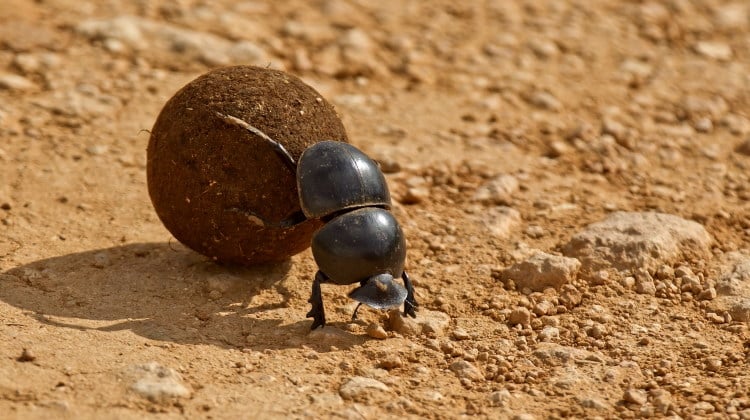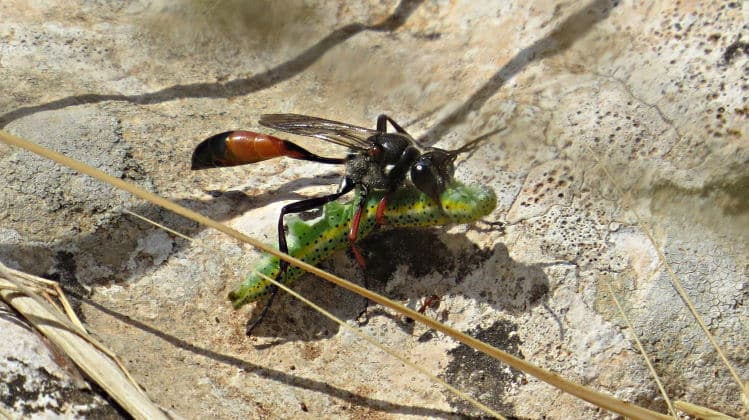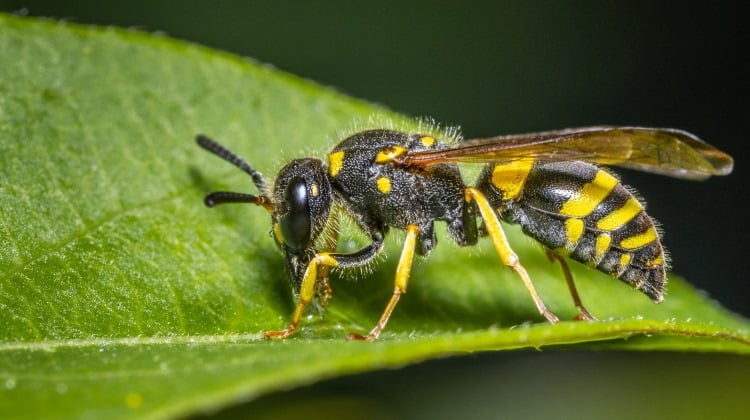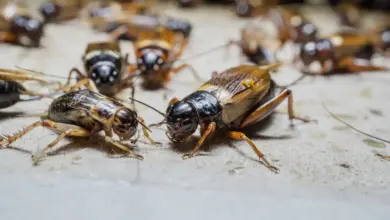Order Psocodea: Bark, Book, Biting and Sucking Lice
The psocodea is a new order for an aggregation of several old groups of insects. Basically all the various forms of lice have been put together in a single order (which was a superorder before). This is because scientists now believe that what are called the ‘true lice’, the ones that are external parasites of birds and mammals, biting lice and sucking lice, originally evolved from the Psocoptera, the Book and Bark Lice.
The etymology of Psocodea is from the Greek “psokos” meaning rubbed or gnawed. Roughly translated this would make the Psocodea “insects that gnaw”.
According the the online database The Catalogue of Life there over 11,000 named living species of Psocodea.
Distinguishing Characteristics
- Barklice: Neck-like constriction between head and thorax. Adults with wings held tent-like over body. Antennae long and thin.
- Booklice: Neck-like constriction between head and thorax. Small and wingless. Antennae long and thin.
- Biting Lice: Head large and flat, as broad or broader than thoraz. Wingless. Antennae short and thick.
- Sucking Lice: Head conical, narrower than thorax. Wingless. Antennae short and thick.
Taxonomy of the Psocodea
The taxonomy of the Pscodea is still under revision, even the status of the Psocodea is uncertain with some experts calling it a superorder. This is the path taken by Lyal 2008, who then has Pscoptera and Phthiraptera as two orders within this superorder. The online taxonomic database the Catalogue of Life list Psocodea as an order and then just gives a list of families.
If you call the Psocodea an order then you could call the Pscoptera and the Phthiraptera suborders and then the Anoplur and Mallophaga as infraorders, however generally speaking, unless you are working as a louse taxonomist. it is simplest to treat the psocodea as being divided into three suborders, The Anoplura, the Mallophaga and the Psocoptera, at least until such times as the experts finish their DNA sampling and phylogenetic analyses.
- Order Psocodea
- Suborder Anoplura (Sucking Lice) 538 species
- Suborder Mallophaga (Biting or Chewing Lice) 4250 species
- Suborder Pscoptera (Bark and Book Lice) 6248 species
Image Credits:- Cover image by gbohne, License CC BY-SA 2.0





Do you know what kind of bird would make a nest in a fir tree that sits on a branch and goes up in a column? Don’t know what it is made of, but not twigs or leaves. It looks like its all one piece, more like a mud nest, but a light tan. And there are quite a few of them. They look a bit like pine cones, but aren’t like the tree’s actual pine cones.
When I opened the front door, a group of birds flew away from the area where the nests are. I can send a picture, but its not very good.
Thanks for any help,
Carol
Sorry Carol, without some sort of well detailed photo I can’t help. I would suggest contacting somebody local, like a wildlife society, or bird watching society/group, for birds, local experts are usually very good.